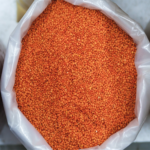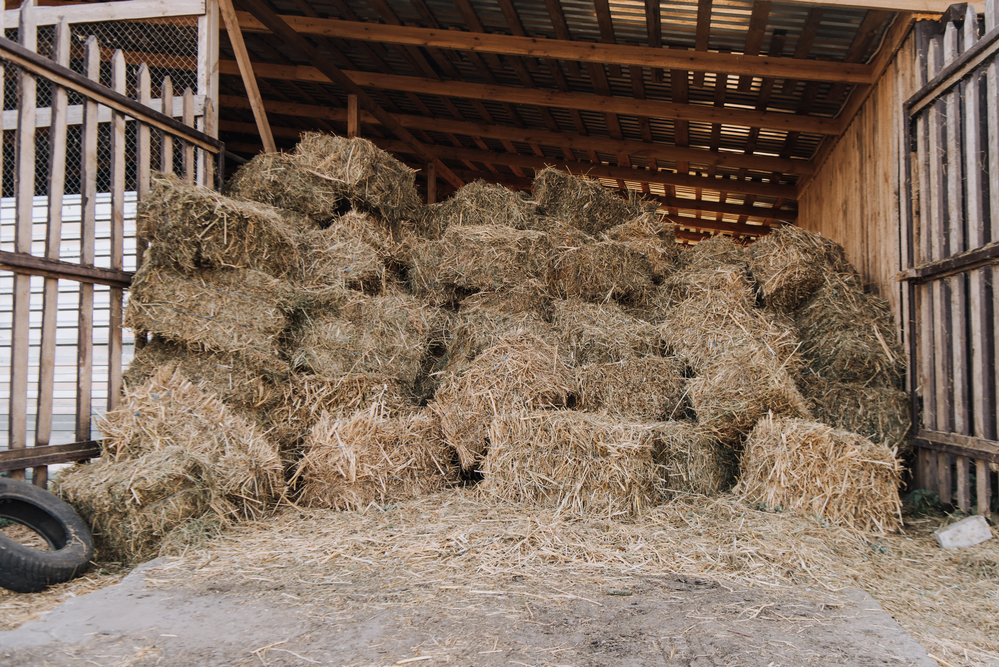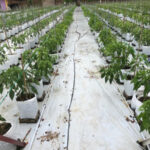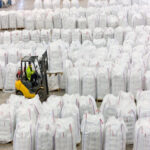When it comes to storing your packaging materials for your business it really is not as simple as throwing your cardboard boxes up against the wall. You could definitely do that but we here at Western Packaging don’t recommend it. We want to make sure that no matter the size of your business you have the tools to make the right choices on packaging storage for you and your supplies.
Environmental Conditions That Will Affect Your Packaging
Believe it or not, there are many outside factors that affect a product’s packaging. The types of packaging, sizing, thickness, and storage conditions are all examples of variables that can affect the life and quality of protection that packaging provides. Sometimes these things can be minor but it is important to know so you can make the best choice for your supplies. Temperature changes are a big factor when it comes to most types of storage materials, whether they be paper or plastic.
Humidity can cause cardboard and paper bags to retain moisture increasing their fragility. Extreme temperatures can affect plastic and paper materials causing them to melt or become rigid. Dust is messy and can cause tape not to stick properly and stretch film not to work as well as it should.
Best Practices For Storing Cardboard and Paper Packaging
When storing paper packaging, whether cardboard or paper bags, you are going to want to keep it off the ground. This will help to keep it safe from pests, dirt, and foot traffic. This can also reduce dust buildup and water damage from water dripping or leaking onto floors. If possible store boxes inside one or more central boxes to reduce exposure to dirt and dust. The same can be done for bags.
Store in a climate-controlled area if possible to keep paper from becoming moist and tearing or breaking down. The packaging your goods come in is also the first impression many people get of your business. It’s important to make their first thoughts and opinions on your company the best they can be. The last thing you want to do is offer your product in sub-par packaging.
Storing Stretch Film
Whenever you purchase your stretch film make sure to pay close attention to the manufacturer’s storage instructions. We supply stretch film and are happy to help assist you with any questions you may have. Storing it in its original packaging is always an option so as to reduce exposure to the elements.
Typically you should store stretch film in temperatures ranging between 30-77 degrees Fahrenheit. It is very important that you pay special attention to your stretch film during the summer months. Make sure to store it in the coolest part of your building, on the bottom rack of shelves or pallets.
Be careful not to refrigerate it or your stretch film will no longer stretch like it’s supposed to. Shipping anything with stretch film in the early morning will help to prevent any pre-shrinkage that you are trying to avoid.
How Do I Know If My Stretch Film Is Damaged
Cardboard and paper sacks are easy to identify when compromised but shrink film not so much. You will have to check beyond its appearance and inspect it a little further. If you pick up rolls and they are sticking together, this can be a sign of too much heat exposure and they are probably damaged.
Bagging between layers is another bad sign and typical of rolls exposed to too much heat. If you see this happening do not use them, they could cause issues with your machine. Storage in dry, temperature regulated areas is best for paper and cardboard packaging.
We Would Love To Hear From You
Our team would love to help provide your business with packaging materials that fit your individual requirements. Western Packaging offers an array of supplies to help you store, label, and assist with all your packaging storage needs. Give our team a call today, we would be happy to help you out.






Sorry, the comment form is closed at this time.